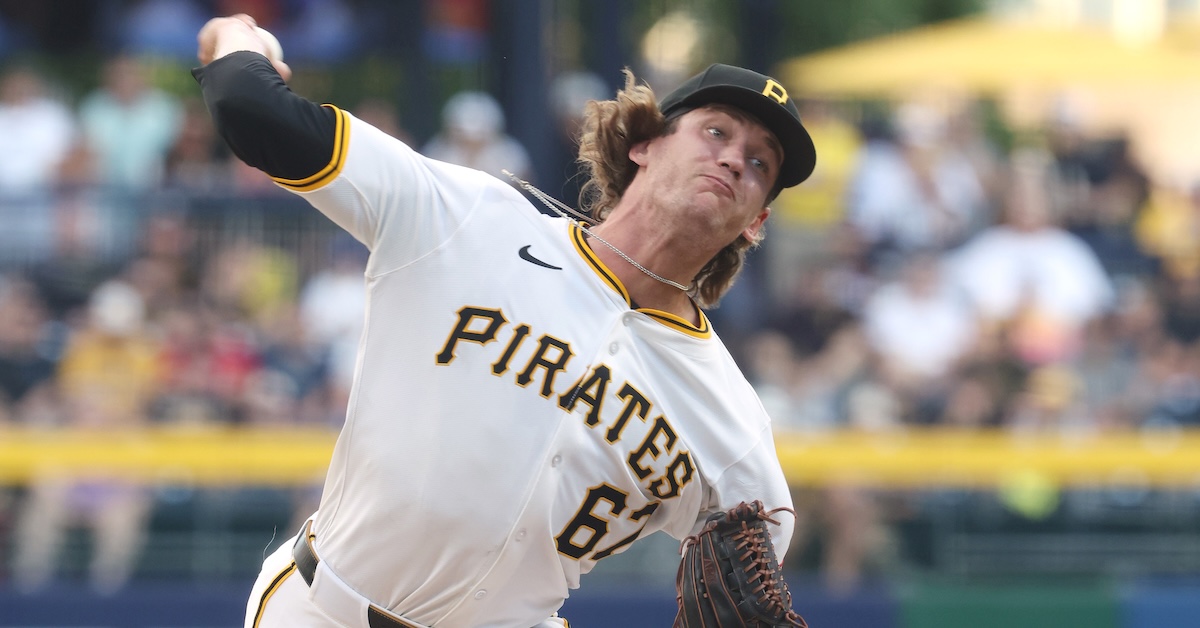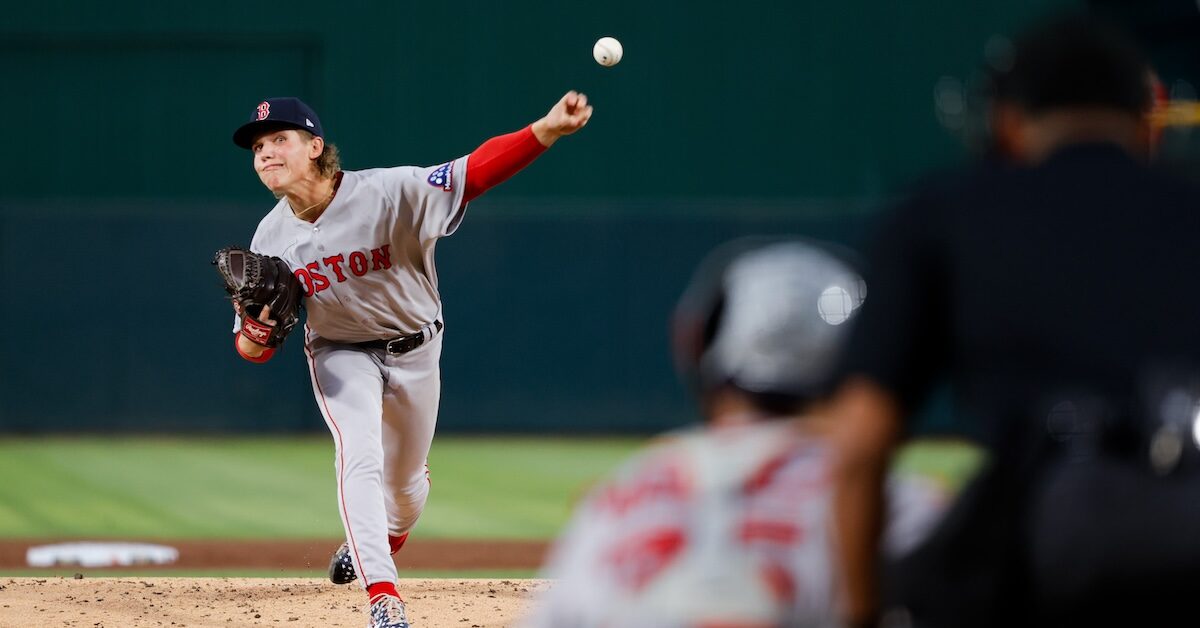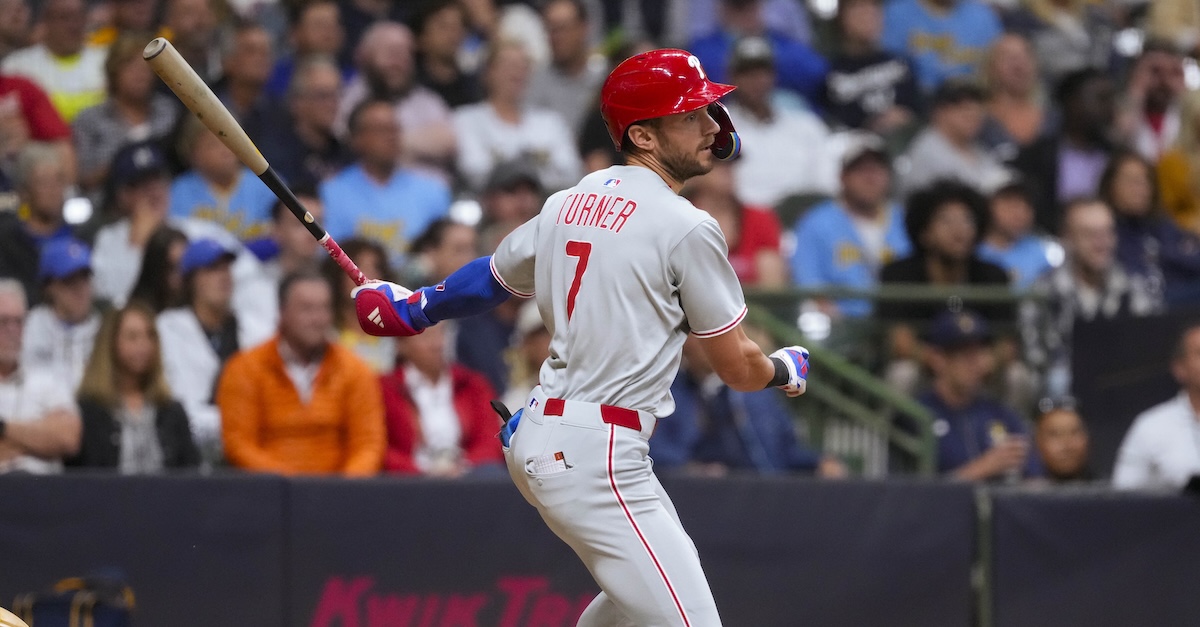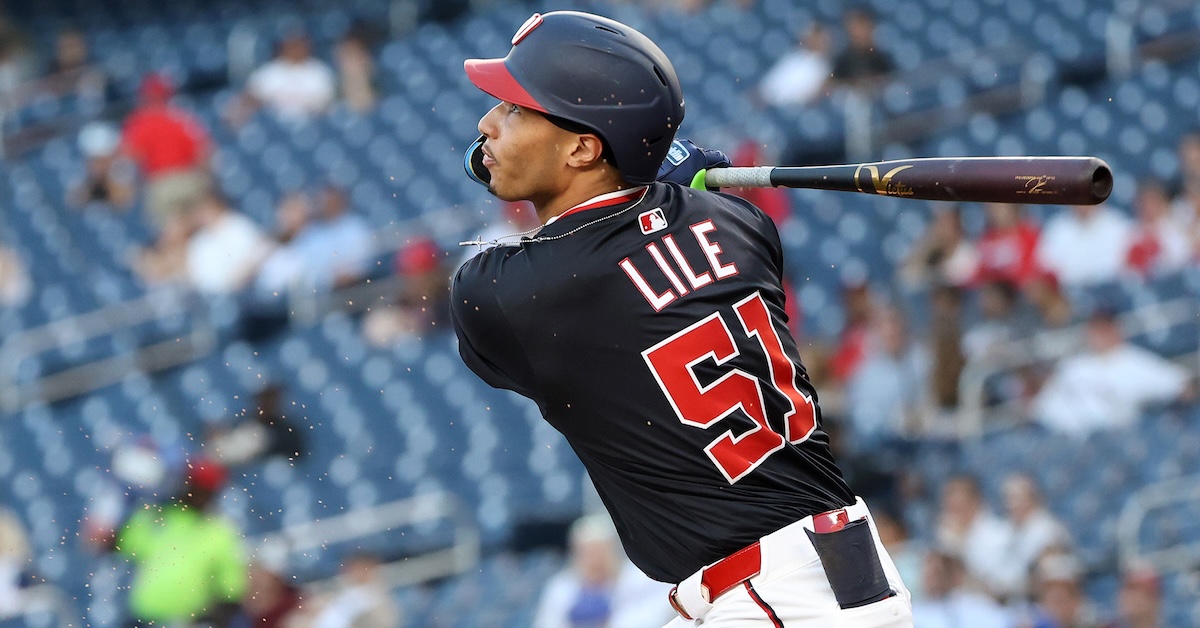Braxton Ashcraft Is Angling Toward a Spot in the Pirates’ Rotation

Braxton Ashcraft is aiming to join the Pittsburgh Pirates rotation, hopefully as soon as next season. For now, the 25-year-old right-hander is putting up impressive numbers while being used prudently in his first taste of major league action. Since debuting in late May, Ashcraft has made 23 appearances — all but six of which have come out of the bullpen — while logging a 2.47 ERA and a 2.85 FIP over 58 1/3 innings. Moreover, he’s allowed just 49 hits, only two of which have left the yard.
His previous lack of durability is the reason behind the caution. When our 2025 Pirates Top Prospects list came out in the spring — Ashcraft was no. 2 with a 50 FV — Eric Longenhagen wrote that “injuries are an inescapable aspect of Ashcraft’s profile due to his history and the violent nature of his delivery.” Drafted 51st overall in 2018 out of Waco, Texas’ Robinson High School, the righty entered the year having thrown just 235 professional innings, including a career-high 73 frames a year ago. Counting his time in the minors, he is up to 106 2/3 in the current campaign.
His stuff is clearly plus, and not just because his heater averages 96.9 mph. The best of Ashcraft’s five pitches is his slider, which he’s thrown 32.6% of the time to the tune of a .202 batting average allowed and a 30.7% whiff rate. Delivered at 91.8 mph, it was aptly referred to by our lead prospect analyst as the talented young hurler’s bread and butter.
Ashcraft discussed his repertoire, including the angle that makes his pitches so effective, when the Pirates visited Fenway Park at the end of August.
———
David Laurila: When I talked to him back in February, Bubba Chandler said that you and he are similar in some respects. Do you agree?
Braxton Ashcraft: “In a lot of ways, yes. I think what drives a lot of our success is leveraging counts. His fastball is a lot different than mine in terms of the perception of hitters; his extension is longer than mine, and obviously the velo is a little bit higher. So is the vert. It’s just a different fastball, one that is pretty unique. Read the rest of this entry »








